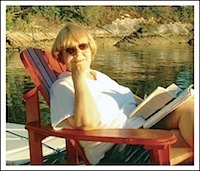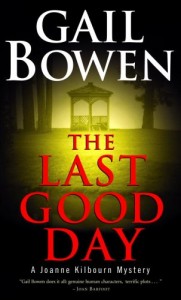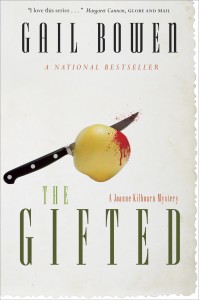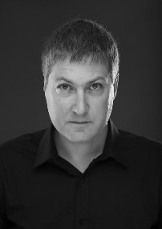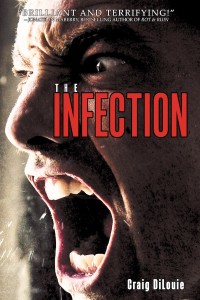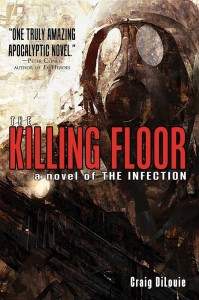Guest Post by Stone Sanchez
The year is 1998. I’m sitting at home watching the latest airing of Power Rangers in Space, excited to see my favorite multicolored team of heroes take out the newest baddie on the block. Up until now, the draw of other shows has been meaningless and nothing has been able to take me away from the Power Rangers franchise that I may have been a little obsessed with. (If I’m honest with myself, I’m still a little obsessed with it.) Outside of mega titles like X-Men, Spiderman, and Superman: The Animated Series-shows that I only watched with some form of regularity-the Power Rangers franchise had me completely hooked.
Until that fateful day when my brother runs into our room just as the theme to Space is about to start and he changes the channel on me. All of a sudden I’m greeted by the image of what looks to be two aliens flying in front of the moon. The words “I wanna be the very best, that no one ever was” play in my ears … and from that moment my world was changed. I had just experienced Pokémon for the first time, and by extension, anime.
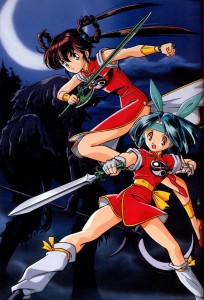 The word “anime” is usually mistaken to come from the word “Japanimation,” a word that was coined in the 1980s and commonly used to reference animated series made in Japan. This origin, while seemingly very possible, is inaccurate. Anime is actually the Japanese’s shortened word for the English word “animation.” In Japan, the term is used to describe any works that have been animated-be it from Japan or anywhere else. Outside of Japan, using the word anime is reserved and specified for Japanese Cel Animation only.
The word “anime” is usually mistaken to come from the word “Japanimation,” a word that was coined in the 1980s and commonly used to reference animated series made in Japan. This origin, while seemingly very possible, is inaccurate. Anime is actually the Japanese’s shortened word for the English word “animation.” In Japan, the term is used to describe any works that have been animated-be it from Japan or anywhere else. Outside of Japan, using the word anime is reserved and specified for Japanese Cel Animation only.
What is anime, though? What makes it different from any other regular Saturday morning cartoon? Absolutely everything! A major difference between anime and cartoons is in the art. While American art is very basic, usually putting just enough effort to make the characters recognizable, anime is very artistic and creative when it comes to the depiction and distinction of each character, depending on which stylized version of anime you watch. But the biggest is in story.
In Cartoons we only see kids deal with kid situations, and adults deal with adult situations. This line is skewered in anime. Case in point: Gundam Wing. Five teenagers ages 15-16 are sent to Earth from the Space Colonies to begin terrorist attacks on the unsuspecting OZ organization. In the fallout, these teens must deal with being hunted, hated, and targeted at every turn. Throughout the show they deal with emotional strain from constant war, being betrayed by the home they thought they were protecting, and become ostracized by the world. Teen depictions in Cartoons are usually comedic while dealing with their issues. Even in the great American Cartoons like Avatar: The Last Airbender, tense situations are usually broken by a comedic gesture so that the tone of the show isn’t too heavy.
There are different ways anime can be categorized. Luckily for us, the Japanese have given us several ways to do this: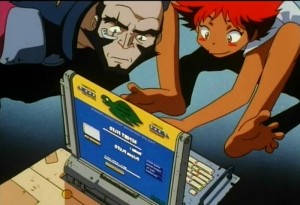
- On one hand, it can be broken down anime by genre. You have your run of the mill action/adventure, horror, sci-fi, drama, progressive, and then one not so normal: game-based. This is used to denote animes that are based off a game. (Yu-gi-oh is a good example.)
- More specifically, you can categorize anime by demographic. The Japanese have specific names for each demographic.
- Shojo: This brand denotes anime made for young girls from the ages of ten to eighteen. (Sailor Moon, Cardcaptor Sakura, Kaicho wa Maid-sama)
- Shonen: This is usually targeted at male ages ten and up. There’s no age cap to seal that limit. (Dragon Ball Z, Naruto, Bleach)
- Seinen: Targeted at males over the age of eighteen, Seinen is sometimes mistaken for the Japanese Hentai category. In actuality, Seinen anime emphasizes storyline and character development instead of focusing on just the action and powers of the characters. Oftentimes, due to its concentration on plot and characters, Seinen may be confused with Shojo, but ultimately comes out as Seinen as the show is played out. (Ghost in the Shell, Hellsing, Akira)
- Josei: Young women ages fifteen to forty-four are the target market. Unlike Shojo anime, this category is more restrained with its animation. There are no sparkling eyes, although the wispy features of the characters are kept. Unlike Shojo, Josei deals with a very realistic aspect of relationships and takes away the romanticized view of everything that Shojo usually contains. (Paradise Kiss, Loveless, Between the Sheets)
- One of the last ways to classify Anime is by the themes of the story:
- Bishojo: Anime with beautiful girls. (The Melancholy of Haruhi Suzumiya, Sailor Moon, Lucky Star)
- Bishonen: Anime with guys with pretty, girlish features. (Kaicho Wa Maid-Sama, This Ugly Yet Beautiful World, Getbackers)
- Sentai: Anime with teams of fighters. On a reference note, Power Rangers was based off a Japanese show called “Super Sentai” (Dragon Ball Z, Yu Yu Hakusho, King of Fighters)
- Mecha: Anime with giant robots in them. (Gundam, Robotech, Neon Genesis Evangelion)
- Post-apocalyptic: Anime taking place after the world has already ended. (The Big O, Cassherin Sins, Desert Punk)
- Maho Shojo: Anime based on magical girls. (Sailor Moon, Princess Tutu, Shugo Chara!)
- Maho Shonen: Anime based on magic boys. (G Gundam, Nagima! D.N Angel)
- Expertise: Sports, arts, cooking-related anime. (Whistle, Prince of Tennis, Kaleido Star )
- Harem: One guy with a lot of female romances. (Tenchi Muyo, Shuffle, Love Hina)
- Reverse Harem: Anime where a girl has romances with multiple guys. (Candy Candy, Fruits Basket, Princess Army: Wedding Combat)
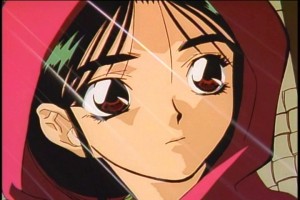 These are the building blocks of anime. Some of these themes can be translated into anime’s counterpart, cartoons, but usually most cartoons aren’t willing to go as far as anime is. Liberties are taken with darker tones, risqué characters, and “grey area” subject matter. Whereas cartoons in America are specifically seen as things for kids to watch, with the exception of shows like South Park and Archer, anime in Japan has a categorization for every demographic and is not strictly seen as childish or immature.
These are the building blocks of anime. Some of these themes can be translated into anime’s counterpart, cartoons, but usually most cartoons aren’t willing to go as far as anime is. Liberties are taken with darker tones, risqué characters, and “grey area” subject matter. Whereas cartoons in America are specifically seen as things for kids to watch, with the exception of shows like South Park and Archer, anime in Japan has a categorization for every demographic and is not strictly seen as childish or immature.
Anime is a very broad subject, and this post barely scratches the surface. There are many differences between anime and cartoons and within anime itself. If you’ve never watched any anime before, do so. You may be surprised to find out you’re one of those “anime people” after all.
Here are my top picks: Cowboy Bebop, Gurren Lagann, Ghost in the Shell, Eden of the East, Clannad, Gundam 00 (I’m obsessed with Gundam), Desert Punk, Tenchi Muyo, Another, Yu-Yu Hakusho, The Big O, Samurai Champloo.
Stone Sanchez is an aspiring professional author that has been active in the writing community for the past two years. Currently Stone is associated with the Superstars Writing Seminars by recording, and managing the production of the seminars when they occur. He’s also worked with David Farland recording his workshops, and is currently the Director of Media Relations for JordanCon, the official Wheel of Time fan convention. Often referred to as the “kid” in a lot of circles, Stone is immensely happy that he can no longer be denied access places due to not being old enough.
Photos are courtesy of the website http://www.animegalleries.net/

